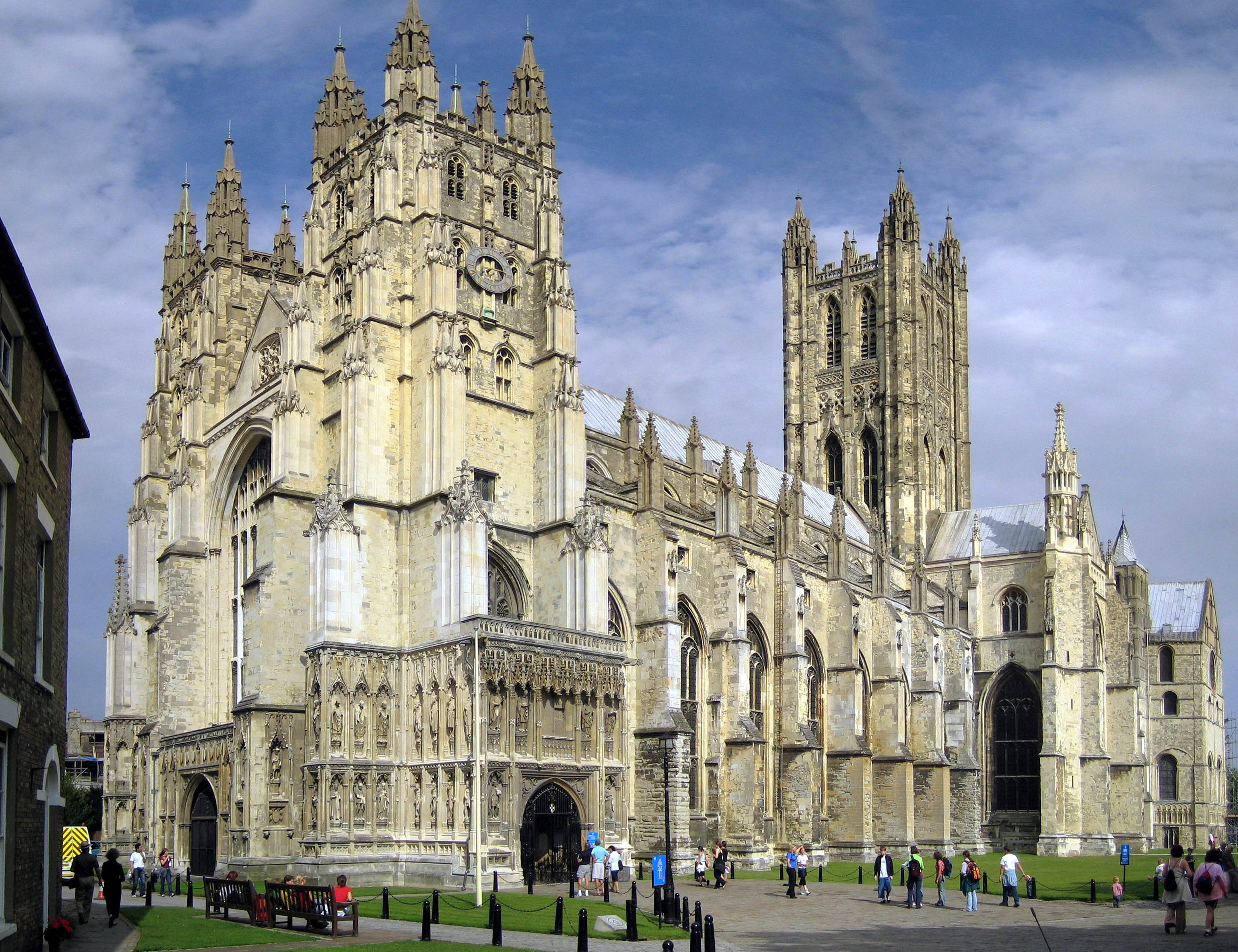
Thirty-nine Articles
The Thirty-nine Articles of Religion (commonly abbreviated as the Thirty-nine Articles or the XXXIX Articles), finalised in 1571, are the historically defining statements of doctrines and practices of the Church of England with respect to the controversies of the English Reformation. The Thirty-nine Articles form part of the Book of Common Prayer used by the Church of England and the worldwide Anglican Communion (including the Episcopal Church), as well as by denominations outside of the Anglican Communion that identify with the Anglican tradition (see Continuing Anglican movement).
When Henry VIII broke with the Roman Catholic Church and was excommunicated, he began the reform of the Church of England, which would be headed by the monarch (himself), rather than the pope. At this point, he needed to determine what its doctrines and practices would be in relation to the Church of Rome and the new Protestant movements in continental Europe. A series of defining documents were written and replaced over a period of thirty years as the doctrinal and political situation changed from the excommunication of Henry VIII in 1533, to the excommunication of Elizabeth I in 1570. These positions began with the Ten Articles in 1536, and concluded with the finalisation of the Thirty-nine articles in 1571. The Thirty-nine articles ultimately served to define the doctrine of the Church of England as it related to Calvinist doctrine and Catholic practice.[1]
The articles went through at least five major revisions prior to their finalisation in 1571. The first attempt was the Ten Articles in 1536, which showed some slightly Protestant leanings – the result of an English desire for a political alliance with the German Lutheran princes.[2] The next revision was the Six Articles in 1539 which swung away from all reformed positions,[2] and then the King's Book in 1543, which re-established most of the earlier Catholic doctrines. During the reign of Edward VI, Henry VIII's son, the Forty-two Articles were written under the direction of Archbishop Thomas Cranmer in 1552. It was in this document that Calvinist thought reached the zenith of its influence in the English Church. These articles were never put into action, owing to Edward VI's death and the reversion of the English Church to Catholicism under Henry VIII's elder daughter, Mary I.
Finally, upon the coronation of Elizabeth I and the re-establishment of the Church of England as separate from the Catholic Church, the Thirty-nine Articles of Religion were initiated by the Convocation of 1563, under the direction of Matthew Parker, the Archbishop of Canterbury.
The Thirty-nine Articles were finalised in 1571, and incorporated into the Book of Common Prayer. Although not the end of the struggle between Catholic and Protestant monarchs and citizens, the book helped to standardise the English language, and was to have a lasting effect on religion in the United Kingdom and elsewhere through its wide use.[3]
Long title
An Act for abolishing of Diversity of Opinions of certain Articles concerning Christian Religion.
25 Hen. 8. c. 14
28 June 1539
Development[edit]
Edward died in 1553. With the coronation of Mary I and the reunion of the Church of England with the Catholic Church, the articles were never enforced. However, after Mary's death, they became the basis of the Thirty-nine Articles.[51] In 1563, Convocation met under Archbishop Parker to revise the articles.[54] Convocation passed only 39 of the 42, and Elizabeth reduced the number to 38 by throwing out Article 29 to avoid offending her subjects with Catholic leanings.[54] In 1571, despite the opposition of Bishop Edmund Gheast, Article 29 was re-inserted, declaring that the wicked do not eat the Body of Christ.[55] This was done following the queen's excommunication by the Pope Pius V in 1570. That act destroyed any hope of reconciliation with Rome and it was no longer necessary to fear that Article 29 would offend Catholic sensibilities.[55] The Articles, increased to Thirty-nine, were ratified by the Queen, and the bishops and clergy were required to assent.[54]